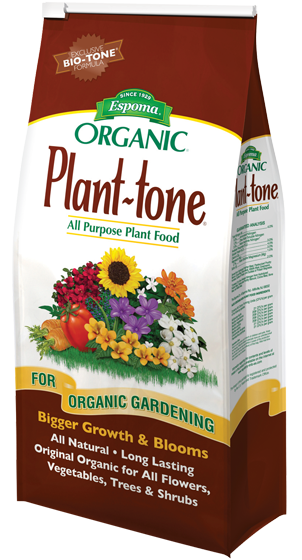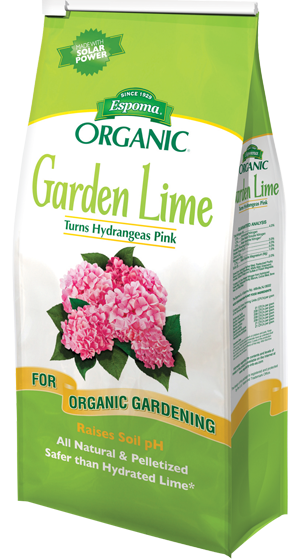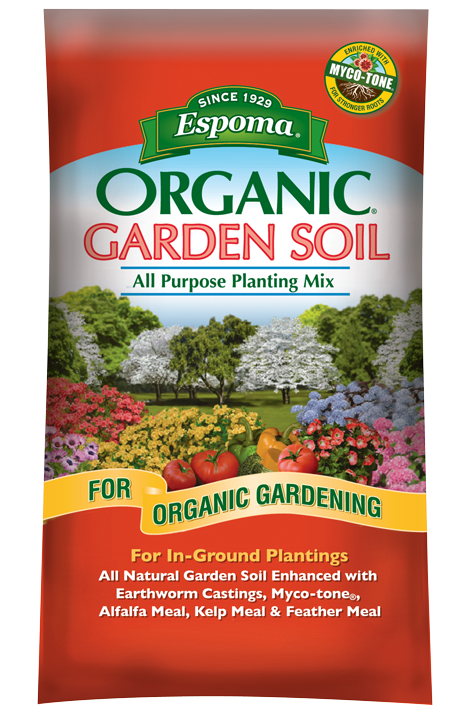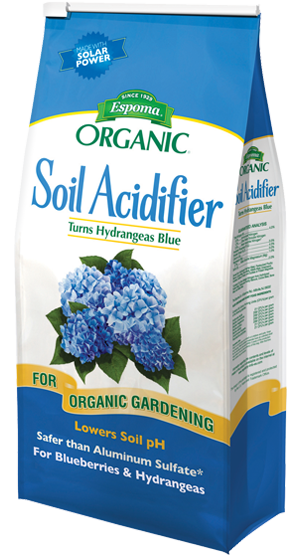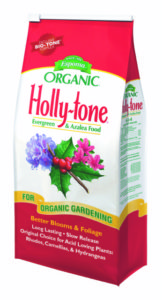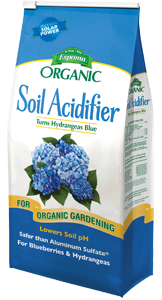Grow Fresh Herbs at Your Fingertips
Forget dried, stale or store-bought herbs. There’s a cheaper, closer and fresher alternative.
Plant an herb container garden near your kitchen or next to the grill.
Having fresh, organic herbs right where you cook makes them easier to incorporate into any meal.
With just a few snips, fresh herbs will invigorate your cooking. With just one bite, you’ll instantly taste the difference. Plus, you can use fresh herbs in unexpected ways, like flavoring olive oil, tea or water
Whether you garden in a large space or a small apartment, an herb container garden is convenient and delicious!
All you need to cook up your next great dish is a sunny spot, a roomy container, the best organic potting mix and your favorite herbs.
First decide which (and how many) herbs to grow. Check old grocery lists or recipes to see which herbs you buy the most but especially spend the most money on. Choose those and grow some just for fun like relaxing lavender and lemon balm!
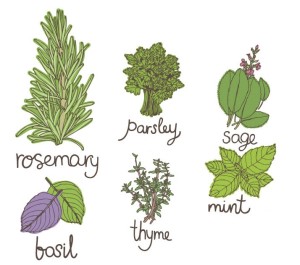 Most herbs will work in a container but the best herbs to plant in containers are: Basil, Mint, Rosemary, Thyme, Oregano, Cilantro, Parsley, Sage, Chives, Lavender, Tarragon, Lemon Verbena
Most herbs will work in a container but the best herbs to plant in containers are: Basil, Mint, Rosemary, Thyme, Oregano, Cilantro, Parsley, Sage, Chives, Lavender, Tarragon, Lemon Verbena
Now pick a container with drainage holes. With container gardens, you can buy a modern or traditional container or get creative and use found objects.
Grouping herbs together that like the same amount of water, light and soil in the same container.
How many herbs you should plant in one container? There’s no hard and fast rule. Use your judgment and read the plant tags.
Go ahead and arrange containers on your deck, patio or any place that’s easy to access when you’re cooking. The area should get between 6-8 hours of sunlight a day.
Once your containers placed, fill half-way with a high-quality, organic potting mix such as Espoma’s Organic Potting Mix. Since you’ll be eating and serving them, organic potting soil is a must!
Now arrange the herbs to your liking! Try 3 or 4 different placements before planting. Read the plant tags to see how big the plants will get, too. And just like those class photos, the tallest go in the back!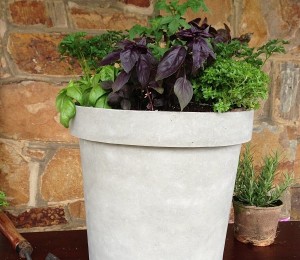
Once you’re happy with where the herbs are, fill the rest of the container with Espoma’s Organic Potting Mix. For a two gallon container, add 1 cup of Espoma’s Organic Bio-Tone Starter Plus to the top 4-6” of soil. For a five gallon container, add two cups.
Pat the soil to firm and remove air bubbles.
Feeding herbs with an organic fertilizer regularly promotes bigger plants, so you’ll have a bigger harvest. Bio-Tone Starter Plus is a microbe enhanced all natural plant food that will help your herbs to establish quickly.
Give your herb containers 1” of water a week.
Harvest herbs often! The more you pick, the more they’ll grow. Don’t you just love plants like that?
What herbs are you planting this year? Share your favorites by commenting below!

